Ao escolher a iluminação correcta, tanto as luzes LED de 5000K como as de 6000K têm o seu próprio encanto. Navegar por estas duas opções intrigantes pode parecer complexo, mas fique descansado. Este guia de comparação irá iluminar o caminho e ajudá-lo a fazer a melhor escolha.
5000K emite um brilho suave à luz do dia, enquanto 6000K oferece uma luz branca mais brilhante e fria.
Vamos investigar o mistério dos 5000K e 6000K. Iremos analisar o seu brilho, a sua temperatura de cor e para que são utilizados. Junte-se a nós e aumente o seu conhecimento sobre iluminação.
Compreender a temperatura da cor e a escala Kelvin
Definição e medição da temperatura da cor: Compreender o conceito básico de temperatura da cor, incluindo a escala Kelvin.
A temperatura da cor não é apenas um número; é uma medida que mostra o aspeto da luz. O termo não significa calor. Descreve o aspeto da luz de uma lâmpada ou de uma fita LED.
A escala Kelvin mede a temperatura. Começa com cores quentes a cerca de 2700K e vai até cores frias a 6500K ou mesmo mais. A temperatura da cor muda consoante a posição do sol ao longo do dia.
Dentro deste espetro, 5000K e 6000K ocupam um lugar único, uma vez que se enquadram na categoria de luz do dia:
5000K: A temperatura de 5000K é como a luz do sol numa manhã fresca, equilibrada e viva. O tom natural é ótimo para leitura e trabalhos manuais porque as cores exactas são importantes.
6000K: Por outro lado, 6000K proporciona uma luz branca mais robusta e estimulante. A luz brilhante num dia claro ao meio-dia é perfeita para tarefas que requerem concentração e detalhe.
Discover the main differences between 5000K and 6000K light color temperatures
5000K e 6000K podem parecer semelhantes, mas satisfazem preferências e necessidades diferentes. Têm estilos e funções únicos.
5000K: 5000K é uma escolha popular para locais onde as pessoas se querem sentir calmas e relaxadas. Esta temperatura de cor confere às salas de estar e aos quartos uma atmosfera calma e acolhedora. Melhora o aspeto geral da divisão sem ser demasiado intensa.
6000K: Por outro lado, 6000K promove uma atmosfera mais enérgica e alerta. Esta luz é óptima para locais de trabalho, laboratórios, garagens ou qualquer lugar onde seja necessário concentrar-se. A sua qualidade clara e fresca ajuda-o a concentrar-se melhor. É perfeita para leitura ou tarefas.
Luz LED 5000K: Um olhar mais atento
Características da luz de 5000K: Explore as características, vantagens e limitações da luz de 5000K.
No panorama da temperatura da cor, a luz de 5000K é fundamental. A cor é frequentemente designada por "branco puro" e equilibra cores quentes e intensas. Esta mistura combina o melhor dos dois mundos. Vejamos as suas características, vantagens e limitações.
Qualidade calmante: A luz de 5000K tem uma qualidade calmante que se destaca. Não se aproxima demasiado da extremidade azul do espetro, evitando assim um aspeto frio e rígido. Também não se inclina demasiado para o lado quente, evitando uma tonalidade amarelada. Este equilíbrio torna-o elegante para ambientes que necessitam de uma sensação de calma e serenidade. Mantém a claridade e a vibração da luz do dia.
Excelente para tarefas de leitura e visuais: A luz de 5000K é óptima para a leitura e para tarefas que exijam muito da visão. A luminosidade pura e equilibrada reduz a tensão ocular. É óptima para salas de estudo, bibliotecas ou escritórios. O brilho da luz de 5000K pode melhorar a concentração e tornar as actividades mais agradáveis.
Versatilidade: A atração universal do 5000K torna-o adaptável a várias aplicações. A versatilidade do 5000K é inegável. Os espaços comerciais, como os showrooms, precisam dela para uma verdadeira representação das cores. Também é essencial em áreas residenciais, como cozinhas, para iluminação de tarefas. A fotografia beneficia da sua utilização como um pano de fundo neutro que não muda de cor.
Limitações potenciais: Apenas alguns ambientes são adequados para 5000K. Algumas pessoas podem achar que não é suficientemente acolhedor para locais como salas de jantar ou salas de estar. Para um ambiente mais estimulante, escolha uma temperatura de cor mais elevada, como 6000K. Além disso, oferece uma luminosidade equilibrada.
Aplicações da luz LED de 5000K: Descubra onde 5000K é mais adequado, desde salas de estar a restaurantes.
A utilização de luz LED de 5000K vai para além da simples iluminação de espaços. É uma escolha criativa e prática que define o ambiente e a função de diferentes áreas. Nas secções abaixo, veremos os locais onde a iluminação de 5000K funciona bem e o que pode fazer.
Salas de estar e bibliotecas: Nas salas de estar e nas bibliotecas, a luz de 5000K faz-nos sentir calmos e relaxados. A luz suave e brilhante torna o ambiente calmo e confortável para os seus olhos. A luz de 5000K tem um brilho suave e quente que cria um ambiente acolhedor para reuniões e leitura.
Espaços comerciais: No mundo da venda a retalho, a apresentação é fundamental. A iluminação de 5000K cria um pano de fundo neutro. Permite que os produtos brilhem nas suas verdadeiras cores. A luz branca é equilibrada. Não sobrepuja nem diminui os artigos, mas acentua-os. A luz de 5000K é uma escolha versátil para boutiques de moda e showrooms de tecnologia. Cria um ambiente onde os clientes podem ver e admirar facilmente os produtos.
Galerias de arte: A iluminação desempenha um papel fundamental na apresentação de obras de arte. A luz LED de 5000K mostra as verdadeiras cores e texturas das obras de arte sem qualquer distorção. Proporciona um equilíbrio exato que não só realça a obra de arte, como também a torna mais atraente. Os artistas e os curadores gostam desta temperatura de cor porque corresponde à autenticidade e à criatividade da arte.
Escritórios e espaços de trabalho: A utilização de iluminação de 5000K em escritórios e espaços de trabalho é benéfica porque é eficiente e versátil. A luz de 5000K ajuda-o a manter-se concentrado e menos cansado quando trabalha durante longas horas. A luz é semelhante à luz do dia, o que faz com que as pessoas se sintam despertas e concentradas. É por isso que é popular nos escritórios modernos.
Espaços exteriores: Mesmo em ambientes exteriores, as luzes de 5000K podem ter um impacto significativo. A iluminação no parque e nos caminhos é refrescante e não demasiado brilhante. Quer se trate de uma rua movimentada da cidade ou de um caminho de jardim calmo, ajuda a criar um espaço exterior seguro e agradável.
Luz LED 6000K: Uma análise pormenorizada
As luzes LED existem em muitas cores diferentes para corresponderem ao que gosta e precisa. Entre elas, a luz LED de 6000K destaca-se pelas suas características e aplicações específicas. Vamos explorar o que torna esta luz "branca fria" única e onde brilha mais.
Características da luz de 6000K: Descubra os atributos, as vantagens e as limitações da luz de 6000K.
A luz de 6000K proporciona um brilho claro e refrescante. É como um dia luminoso com céu limpo. Os seus principais atributos são:
Aumenta a concentração: A qualidade estimulante da luz de 6000K promove um ambiente propício à concentração e à eficiência. É uma escolha comum no trabalho, ajudando na concentração e em tarefas cuidadosas que requerem atenção.
Pode ser considerado severo em certas áreas: Em alguns locais, a luz de 6000K pode ser considerada demasiado intensa para relaxar ou para reuniões íntimas. A sua luminosidade pode não se prestar a um ambiente acolhedor ou calmante.
Ideal para tarefas orientadas para os pormenores: Perfeita para tarefas que exigem uma atenção cuidadosa aos pormenores, como trabalhos manuais complexos, trabalhos de design detalhados ou leitura crítica. A luz de 6000K acrescenta vibração, facilitando a observação e o trabalho com precisão.
Aplicações da luz LED de 6000K: Descubra onde a 6000K brilha, incluindo a sua utilização em veículos e empresas.
A luz LED de 6000K tem muitas utilizações e pode ser utilizada em diferentes ambientes.
Escritórios e espaços de trabalho: Para os profissionais que querem ser mais produtivos, a luz de 6000K pode ajudar. O design é claro e vivo. Ajuda-o a trabalhar com energia, a concentrar-se melhor e a sentir-se menos cansado.
Vehicle Headlights: Safety and visibility are paramount when driving, especially at night. 6000K LED headlights provide bright and even light, making it safer to drive at night.
Photography Studios: In photography, lighting is an art unto itself. 6000K light is perfect for taking pictures without distorting the colors. It gives you clear and controlled illumination. Professionals appreciate its true-to-life representation, making it a preferred choice in studios.
Medical Facilities: The precise and bright nature of 6000K light is also embraced in medical settings. Surgeons and healthcare workers need to stay focused and see clearly. This color temperature helps them do that.
Industrial Settings: In factories and workshops where precision is critical, 6000K LED lights provide an environment conducive to meticulous work. Its cool white brightness supports quality control, assembly, and various industrial tasks.
Comparing 5000K and 6000K LED Lightin
The way LED lights look can change a lot based on their color temperature, like 5000K or 6000K. While similar on the Kelvin scale, they have distinct traits serving various purposes. Let’s break down these color temperatures, comparing them on various fronts.
6000K vs 5000K Light Color: A side-by-side comparison of their color attributes.
The decision between 5000K and 6000K LED lights is more than just numbers. It affects how a space looks, feels, and works.
5000K: Offering a calm, inviting glow, 5000K is often described as a ‘soft daylight glow.’ It complements natural sunlight, providing a relaxing yet refreshing ambiance. Ideal for spaces that aim to promote tranquillity or inspire creativity.
6000K: Conversely, 6000K serves a more crisp and focused lighting experience. Its cool white tone resembles the bright daylight of a clear noon sky. Preferred in environments that need attention, clarity, and precision.
When deciding, consider the mood, functionality, and desired look of the space. Their application can change the look and function of interiors, creating nice effects for specific needs.
Brightness and Lumens: An analysis of brightness levels.
Though 5000K and 6000K are adjacent on the Kelvin scale, their brightness can vary. You need to know that brightness, measured in lumens, can vary based on the maker and design.
5000K: Known for balanced brightness, it offers ample illumination without overpowering the eyes. The soft daylight glow works well in settings where comfort and visual appeal are the main goals.
6000K: With a more energized illumination, 6000K adds clarity and focus. Perfect for tasks and places that need acute attention.
Both give off light, but they have different colors and strengths, so they suit different preferences.
Energy Efficiency and Watts: Explore the energy aspects of both options.
5000K and 6000K LEDs are both energy efficient and eco-friendly. They represent the new era of lighting, focusing on sustainability.
There is no big difference in energy use between 5000K and 6000K. They both have the goal of minimizing energy waste while offering optimal performance.
5000K vs 6000K Comparison Chart: A comprehensive table to aid in decision-making.
| Característica | 5000K | 6000K |
|---|---|---|
| Cor | Soft Daylight Glow | Crisp, Cool White |
| Brilho | Balanced | Energized |
| Eficiência energética | Similar to 6000K | Similar to 5000K |
| Best Applications | Living Rooms, Retail Spaces | Offices, Vehicles |
Experiência do utilizador e feedback
Real-life experiences and practical factors can help with buying choices for LED lighting, especially in the 5000K and 6000K range. This section wants to help readers by sharing relatable experiences and useful tips.
Real-life Applications and Testimonials: Personal insights from 5000K and 6000K users.
Sarah, a Designer: Sarah has chosen 5000K LED lighting for her studio. She decided to make a place with accurate colors and a peaceful feeling.
Mike, an Office Manager: Mike’s office is illuminated with 6000K lights, and he appreciates how it affects his team’s performance. His experience shows how important it is to have a focused and efficient environment.
I find that 5000K in my studio helps me see the true colors of the fabrics I work with. It’s soft enough to add a touch of calmness without being too overpowering.
The 6000K lighting keeps the team alert and focused. It’s bright without being harsh and complements our energetic pace.
Tips for Choosing Between 5000K and 6000K: Practical advice for selecting the right temperature.
Choosing the right color temperature doesn’t have to be difficult. Here’s a practical guide to help you make an informed decision:
Consider the Space’s Function: Avalie o que pretende alcançar no espaço. Trata-se de relaxamento, criatividade, produtividade ou uma combinação destes objectivos? Compreender o objetivo da divisão guiá-lo-á na escolha da temperatura certa.
Experimentar definições diferentes: Experimente várias definições, se possível, antes de se comprometer com uma determinada temperatura de cor. Muitas luzes LED modernas permitem-lhe ajustar a temperatura da cor. Experimentar diferentes tonalidades pode ajudá-lo a encontrar a combinação perfeita para o seu espaço.
Consultar pareceres profissionais, se necessário: Por vezes, a consulta de um designer de iluminação ou de um profissional pode fornecer conselhos personalizados. Ao escolher a temperatura de cor correcta, tenha em conta o tamanho da divisão, a luz natural, a decoração e as preferências.
Ter em conta as preferências pessoais: Lembre-se que o gosto pessoal e a sensibilidade à luz também podem desempenhar um papel importante. Algumas pessoas preferem tons mais quentes, enquanto outras preferem luzes mais frias. O equilíbrio entre as preferências pessoais e as necessidades funcionais garante conforto e satisfação.
6000K Light Color Compared with Other Color Temperatures
Os consumidores precisam de conhecer as cores da iluminação LED para fazerem boas escolhas. Nesta secção, iremos comparar 6000K com outras temperaturas de cor comuns. Estas incluem 6500K, 8000K e 3000K. Iremos explorar as diferenças subtis entre elas.
6000K vs 6500K, 8000K, 3000K: Uma breve comparação com outras temperaturas de cor comuns.
6000K vs 6500K: À primeira vista, 6000K e 6500K podem parecer quase idênticos. No entanto, 6500K é ligeiramente mais frio, sendo frequentemente descrito como tendo um aspeto branco mais nítido. É frequentemente utilizado em locais como hospitais ou estúdios de design, onde é importante uma comunicação clara. Ambas as opções são adequadas para espaços orientados para a realização de tarefas, mas a ligeira diferença pode afetar as preferências pessoais.
6000K vs 8000K: Subindo na escala Kelvin, a luz LED de 8000K apresenta uma tonalidade muito mais fria e azulada. Esta temperatura é mais adequada para fins específicos, como a iluminação de aquários, faróis de automóveis ou peças de teatro. A luz de 8000K não é normalmente preferida para iluminação interior porque tem um aspeto muito frio em comparação com a luz de 6000K.
6000K vs 3000K: Em contrapartida, 3000K é muito mais quente, emitindo um brilho suave que faz lembrar um pôr do sol suave ou uma luz de vela acolhedora. Esta temperatura é perfeita para espaços pequenos, como salas de estar ou quartos. Cria um forte contraste com a brilhante e energizante 6000K. Melhora os ambientes acolhedores e calmos, ao contrário da sensação de brilho e alerta dos 6000K.
Para encontrar a melhor temperatura de cor, os consumidores devem reconhecer estas diferenças. Para melhorar a sua vida profissional e pessoal, é importante compreender as diferenças.
Melhor temperatura de cor para diferentes divisões
Selecionar a temperatura de cor correcta pode transformar espaços comuns em experiências extraordinárias. Precisa de ajuda para escolher as temperaturas de cor certas para cada divisão da sua casa? Este guia pode ajudar.
Sala de estar, casa de banho, quarto de dormir, cozinha: Sugestões para as temperaturas de cor ideais em vários ambientes domésticos.
Sala de estar:
Um espaço equilibrado e convidativo onde a família e os amigos se reúnem. Escolha 5000K para um ambiente acolhedor e convidativo que o ajuda a sentir-se calmo e concentrado. Considere luzes reguláveis para ajustar de acordo com as diferentes actividades ou estados de espírito.
Quarto de dormir:
O quarto é um santuário pessoal que exige um ambiente mais acolhedor. A sensação mais quente da 3000 K pode ajudá-lo a descontrair, ler ou dormir sem esforço. O brilho suave desta luz é bom para ambientes íntimos e não interfere com o seu sono.
Cozinha:
Na cozinha, onde é essencial uma visibilidade clara enquanto se cozinha, os 6000K podem ser a escolha perfeita. A luz brilhante mostra todos os pormenores, ajudando na confeção e no design.
Casa de banho:
Um espaço polivalente, a casa de banho beneficia de uma abordagem equilibrada. Para criar um ambiente versátil, utilize 4000K para a iluminação geral e 3000K para as zonas de toucador.
FAQs
Como é que a temperatura da cor das luzes LED de 6000K afecta o meu ambiente de trabalho?
A iluminação LED de 6000K, nítida e fresca, é excelente para estimular a concentração e a produtividade. A atmosfera energizante deste local é perfeita para escritórios e espaços de trabalho. A concentração e a atenção aos pormenores são importantes.
Posso utilizar iluminação LED de 5000K no meu estúdio de arte? Qual é a vantagem?
Sem dúvida! A iluminação LED de 5000K replica a luz solar natural, permitindo que as cores verdadeiras brilhem. Os estúdios de arte beneficiam da sua capacidade de melhorar a clareza visual sem ser demasiado brilhante, permitindo que os artistas vejam o seu trabalho com uma luz equilibrada e vibrante.
As lâmpadas LED de 6000K são demasiado intensas para ambientes domésticos? Onde recomendaria a sua utilização?
As luzes LED de 6000K são de um branco brilhante, mas podem ser demasiado duras para áreas residenciais. No entanto, são óptimas para áreas como as cozinhas que necessitam de boa visibilidade. Também funcionam bem para tarefas que exigem concentração, como um escritório em casa.
Como posso decidir entre iluminação de 5000K e 6000K para diferentes divisões da minha casa?
Considere a função de cada divisão. Para áreas onde o relaxamento é vital, como as salas de estar, o brilho mais suave de 5000 K é ideal. Para espaços que exigem clareza e concentração, como as cozinhas, a luz mais nítida de 6000 K é mais adequada. Certifique-se de que mistura ambas para criar o ambiente perfeito.
A eficiência energética é uma preocupação quando se escolhe entre lâmpadas LED de 5000K e 6000K?
Não precisa de se preocupar! Tanto as luzes LED de 5000K como as de 6000K são eficientes em termos energéticos e amigas do ambiente. Pode optar por elas porque utilizam as mesmas quantidades de energia. Isto é bom para a sua carteira e para o ambiente.
As luzes LED de 6000K podem ser utilizadas nos faróis do meu carro? Porque é que esta é uma boa escolha?
Sim, as luzes LED de 6000K são frequentemente utilizadas nos faróis dos veículos. À noite, a sua luz branca brilhante ajuda-o a ver melhor, tornando a condução mais segura. Também pode ver mais facilmente os obstáculos e as condições da estrada.
Que temperatura de cor LED, 5000K ou 6000K, é mais adequada para espaços comerciais? Porquê?
As luzes LED de 5000K são frequentemente preferidas em espaços comerciais. A luz suave não esconde os produtos, mas faz com que as cores pareçam brilhantes e exactas. Cria uma atmosfera convidativa para os clientes.
Qual é a principal diferença entre as luzes de 6000K e 6500K?
Embora bastante semelhantes, as luzes de 6500K são ligeiramente mais frias do que as de 6000K. Esta diferença subtil pode ser mais percetível em aplicações específicas. Ainda assim, ambas oferecem uma experiência de iluminação fresca e nítida para utilização geral.
As luzes LED de 5000K são adequadas para utilização no exterior ou devo optar por 6000K?
As luzes LED de 5000K e 6000K podem ser utilizadas no exterior. 5000K proporciona um brilho equilibrado e natural. 6000K proporciona uma maior acuidade visual. Ao escolher, pense no objetivo do espaço exterior, no ambiente e na sua preferência pessoal.
Como é que a iluminação de 6000K pode afetar o meu estúdio fotográfico?
A iluminação num estúdio fotográfico é de 6000K, o que ajuda a ver cores precisas. A luz branca fria é óptima para sessões fotográficas profissionais. Mostra detalhes, clareza e cores verdadeiras.
Conclusão
Ao escolher a iluminação LED, tenha em conta as suas preferências, a forma como utiliza o espaço e o seu estilo. Escolha entre 5000K e 6000K. Enquanto 5000K oferece um ambiente equilibrado e calmante, 6000K traz energia e atenção. Considere as suas necessidades, experimente as definições e esteja aberto a misturar e combinar para obter a iluminação ideal.
Com este guia, o seu caminho para a iluminação perfeita pode ser tão brilhante e gratificante como as luzes que escolher.
Choosing the perfect lighting between 5000K and 6000K can be simple. Choose Unitop for high-quality and innovative Fitas de LED e LED neon flex. Our commitment to excellence in the LED industry sets us apart. Have further questions or unique requirements? Contacte-nos without delay. With Unitop, light up your world with confidence and brilliance.
Artigos relacionados:
2700K vs 5000K: Qual é a diferença? Um mergulho profundo
Revelar os segredos: diferenças entre 4000K e 5000K
3000K vs 4000K: Revelar a melhor escolha de iluminação doméstica
Quente ou mais quente? Um confronto entre iluminação de 2700K e 3000K
Iluminação quente vs. iluminação fria: O que se adequa ao seu espaço?

Tom é agora o Gerente de Vendas de Unitop (China) Co., Limited. Ele tem estado no Iluminação LED indústria desde 2005. Ele é um especialista em vendas & marketing, e gestão de fábricas. Ele gosta de musculação, e é também um fã louco da Apple! Ele é um tipo trabalhador e adora aprender e experimentar coisas novas.
Email: tom@unitopledstrip.com WhatsApp: +86-18680307140

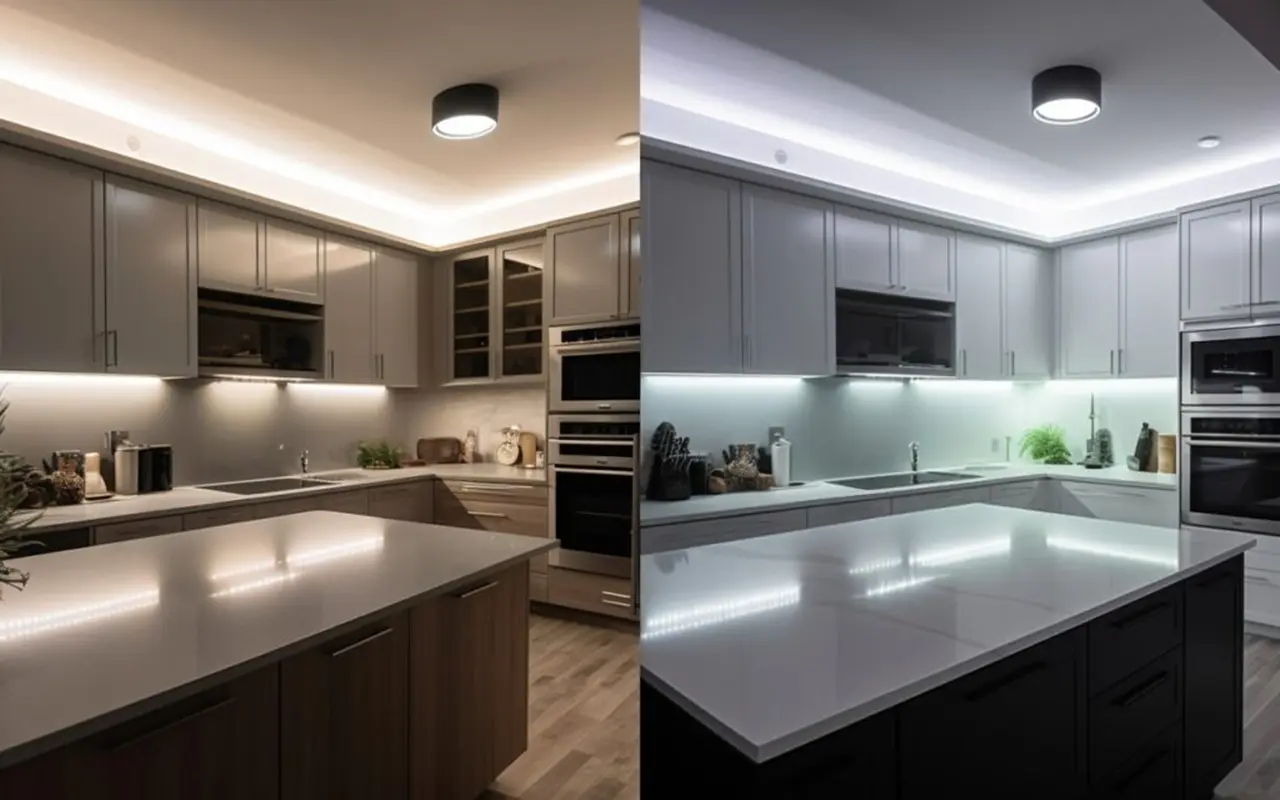

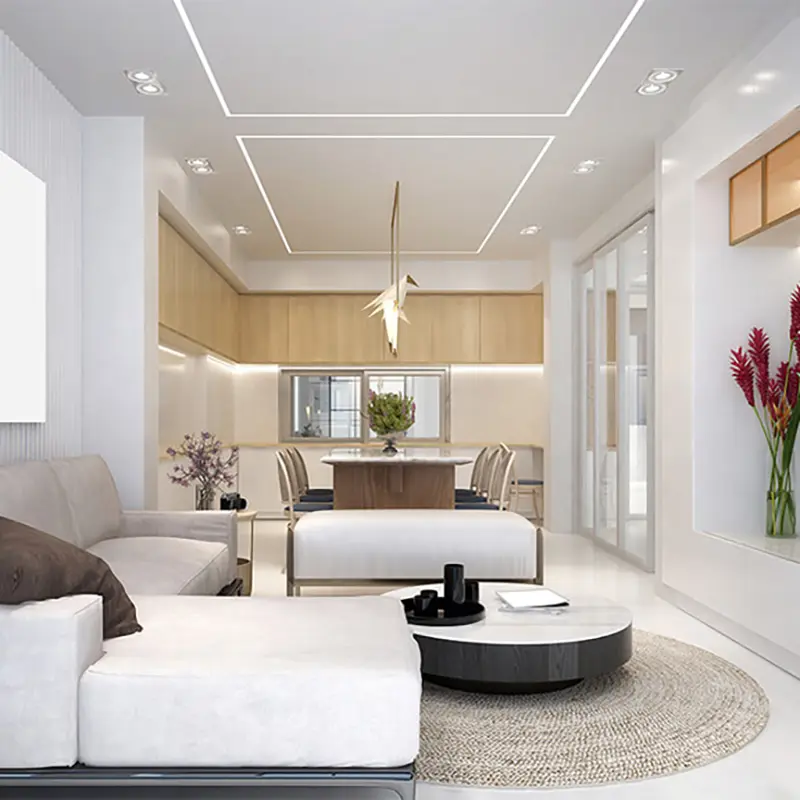
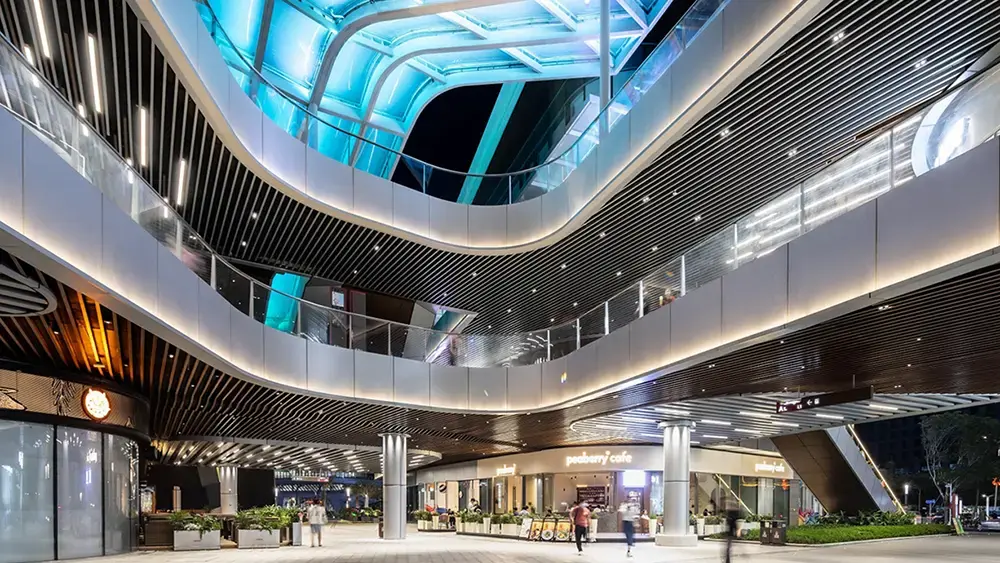
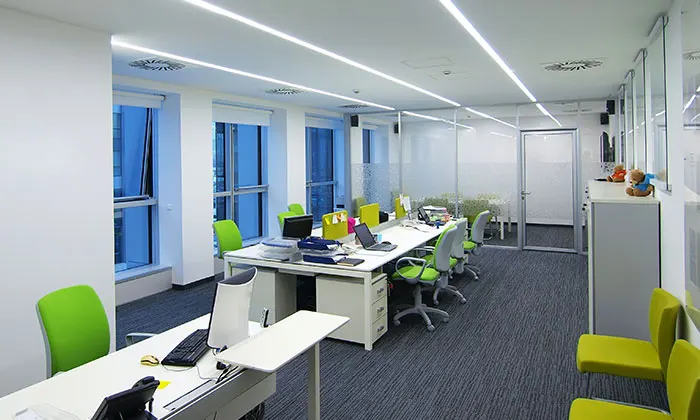

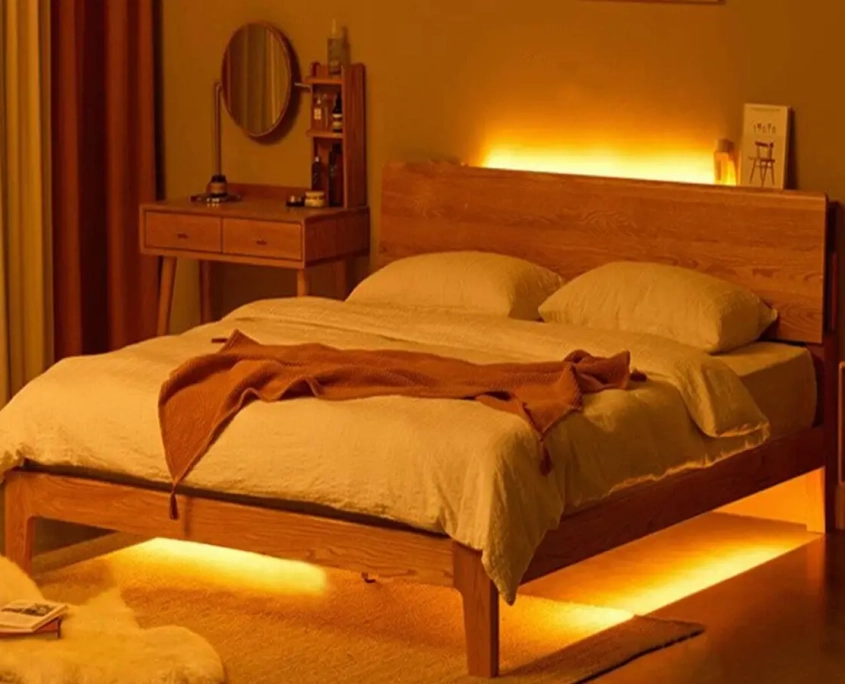
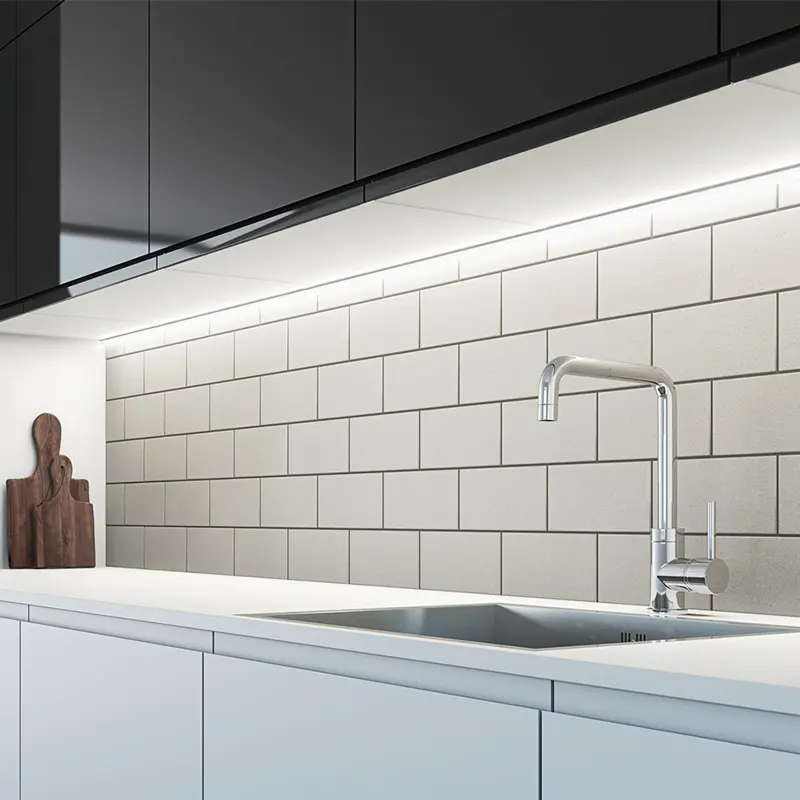
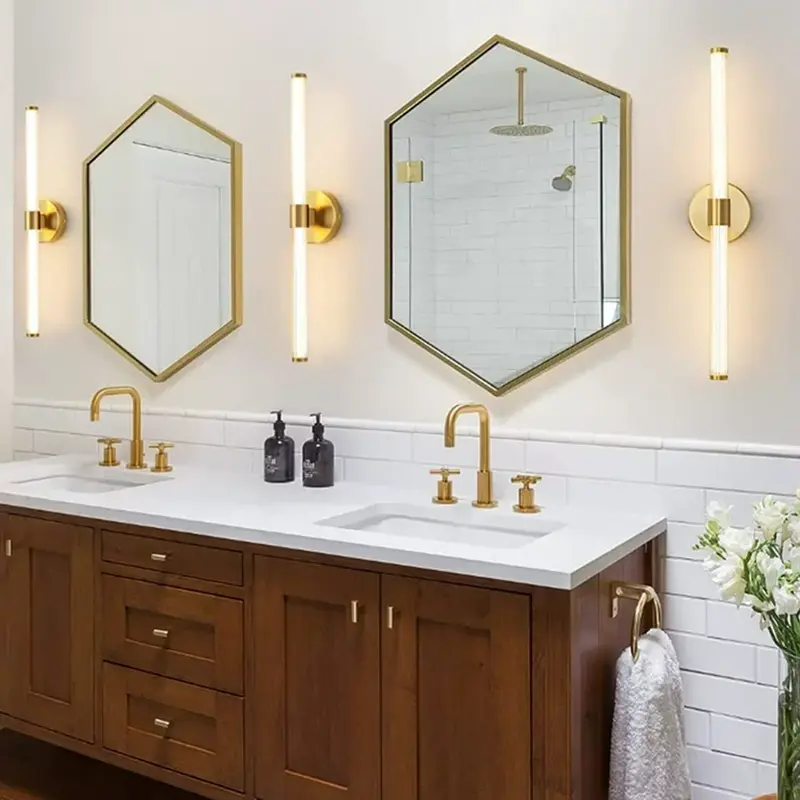

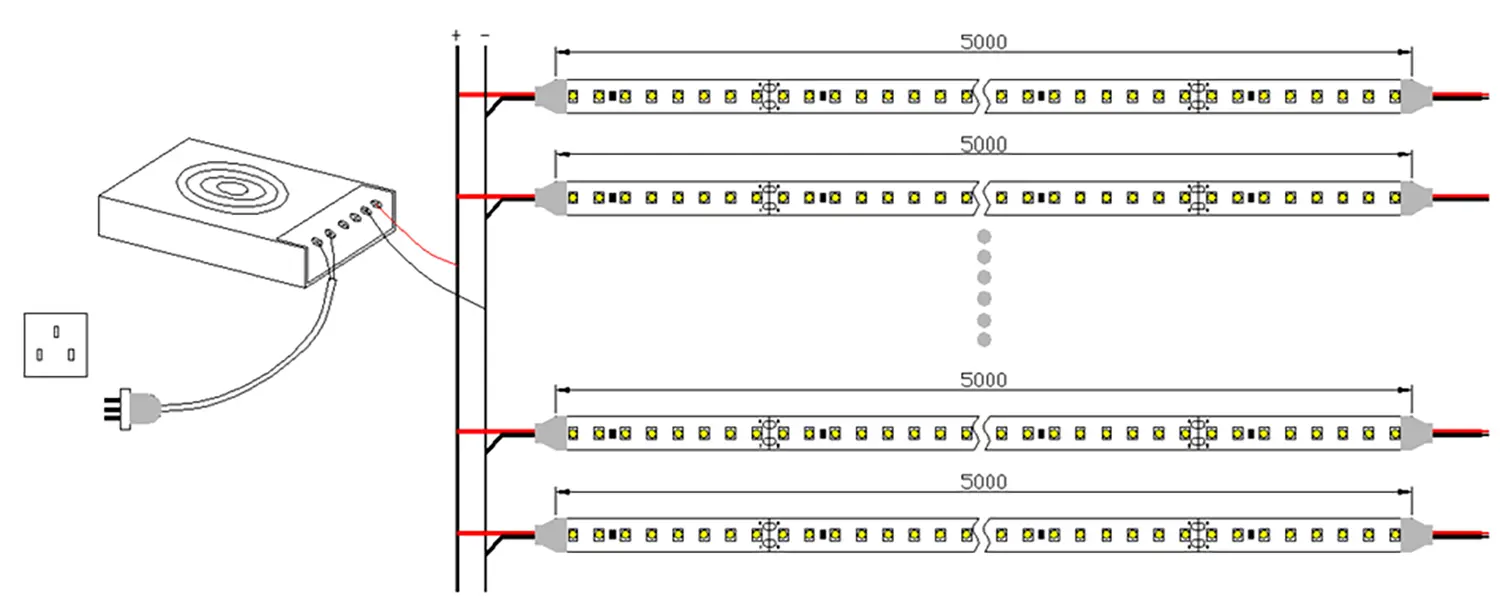
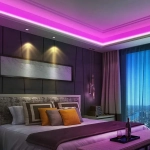
Deixe uma resposta
Quer juntar-se à discussão?Esteja à vontade para contribuir!